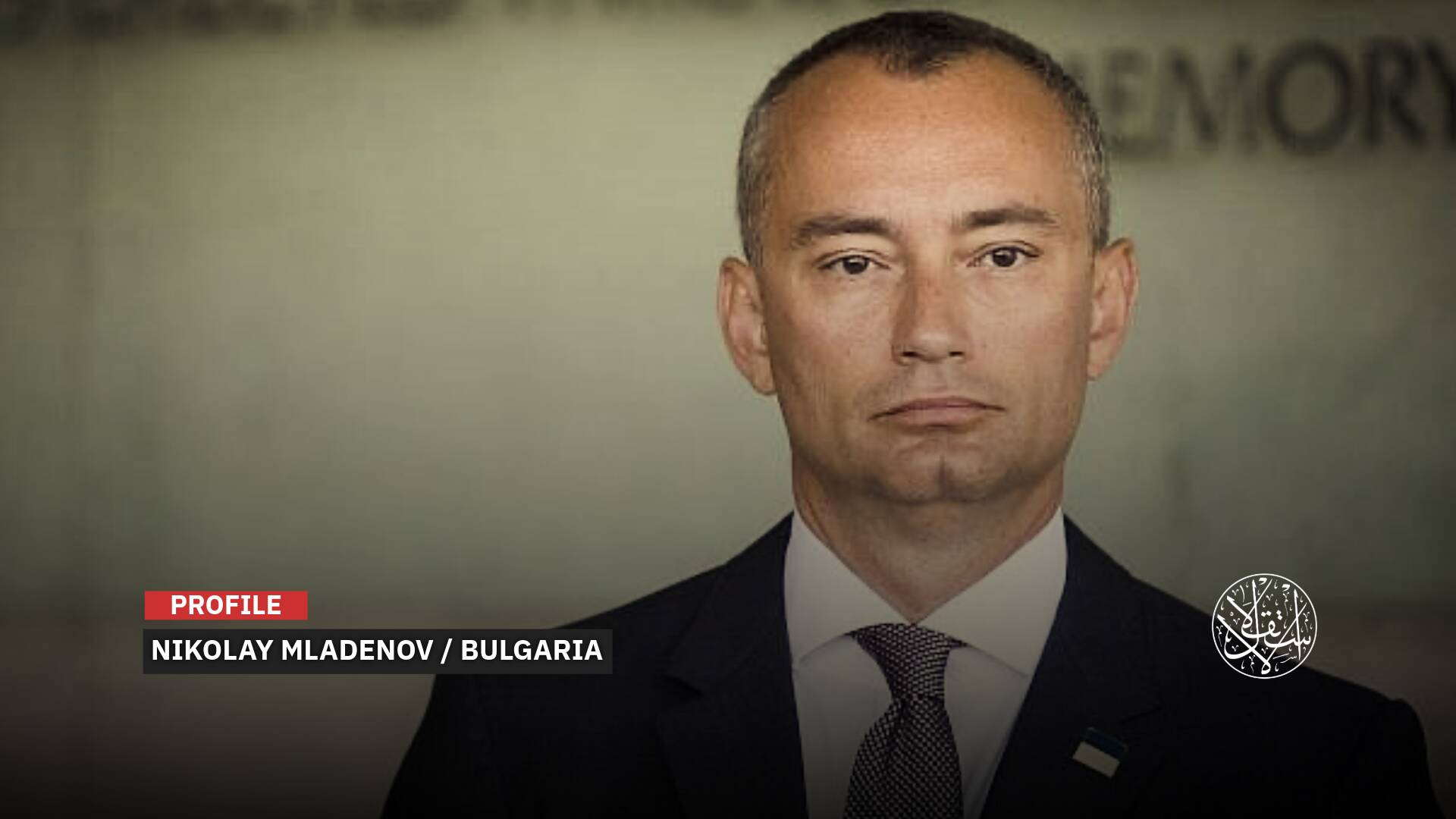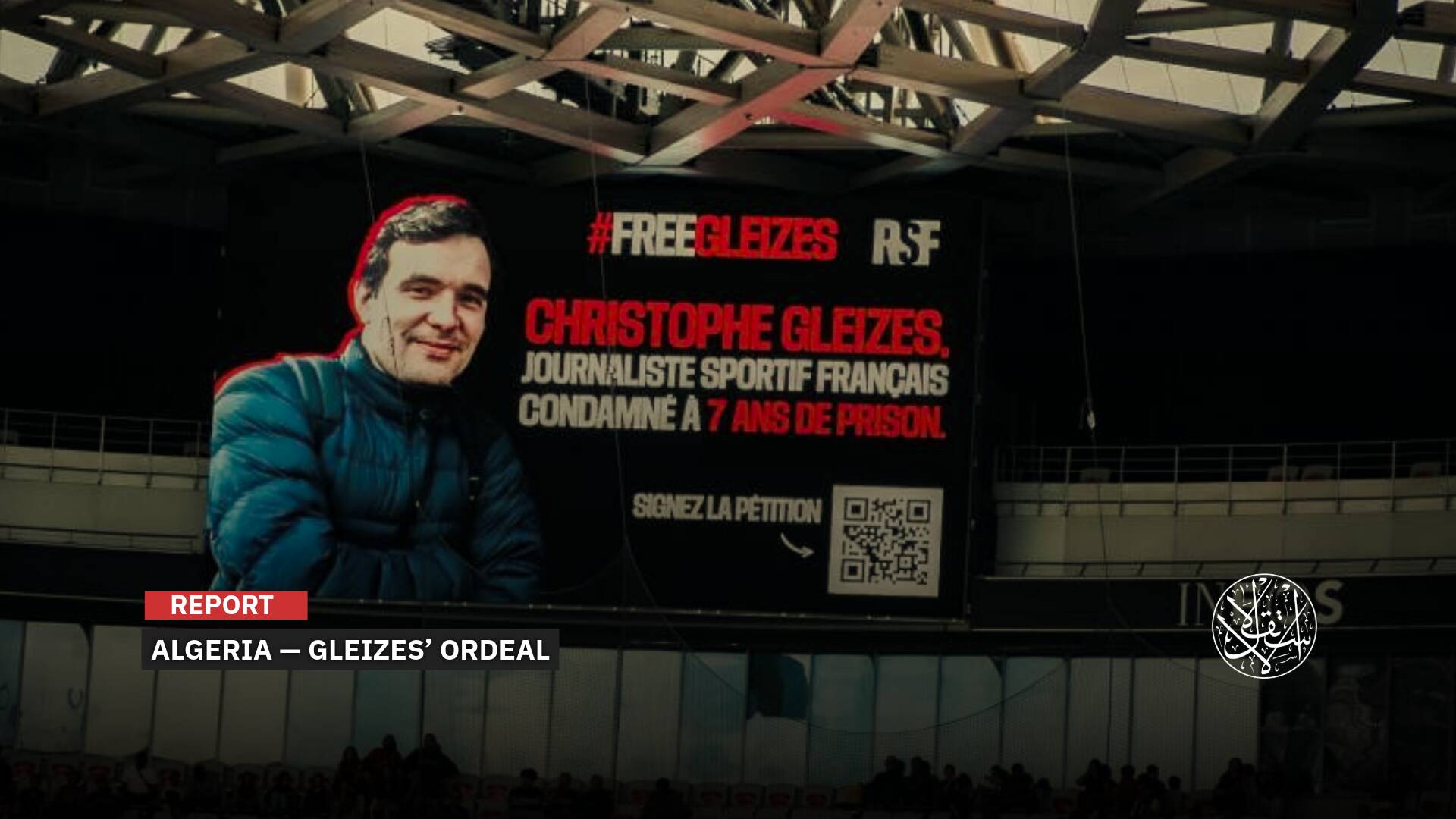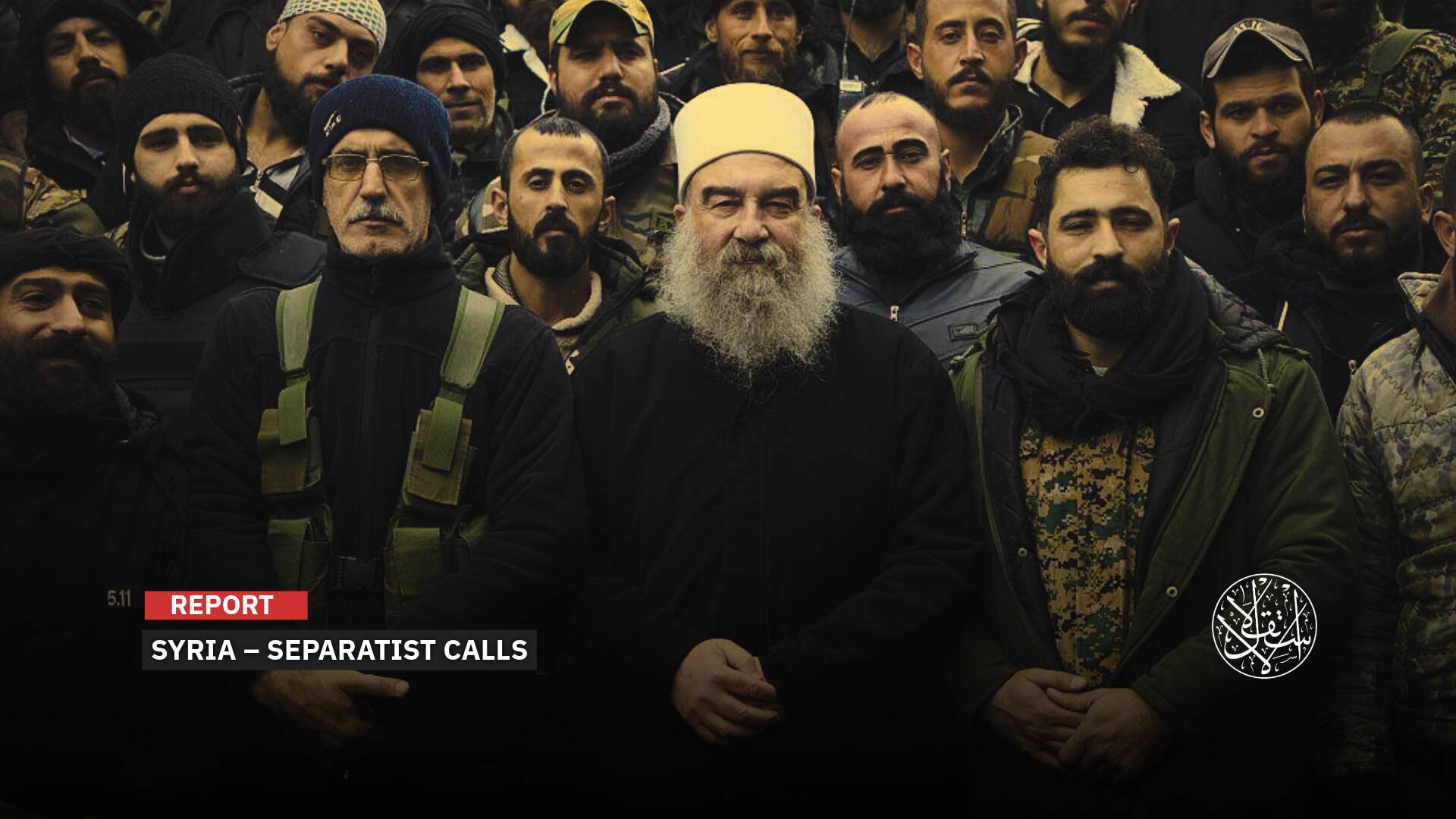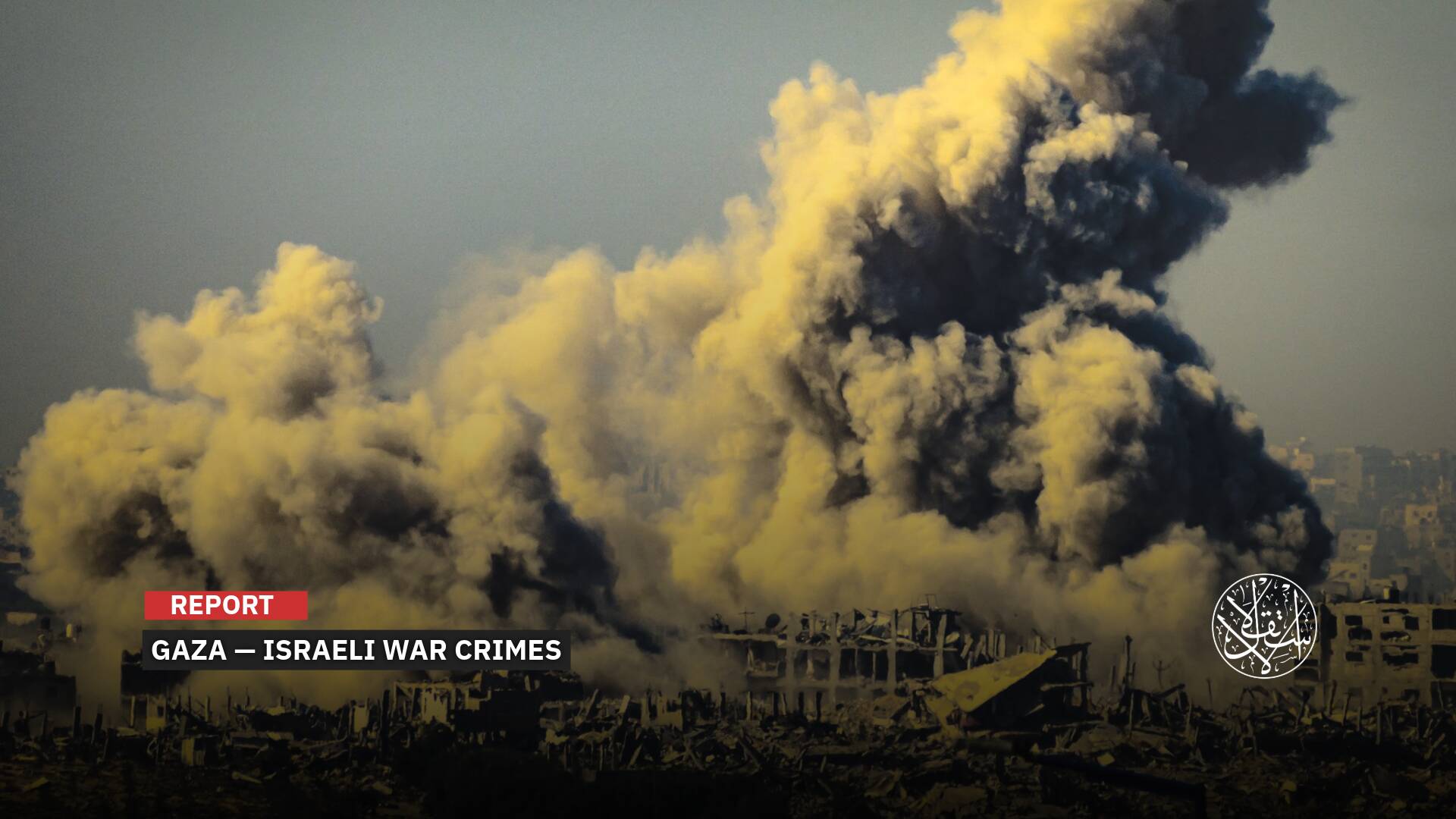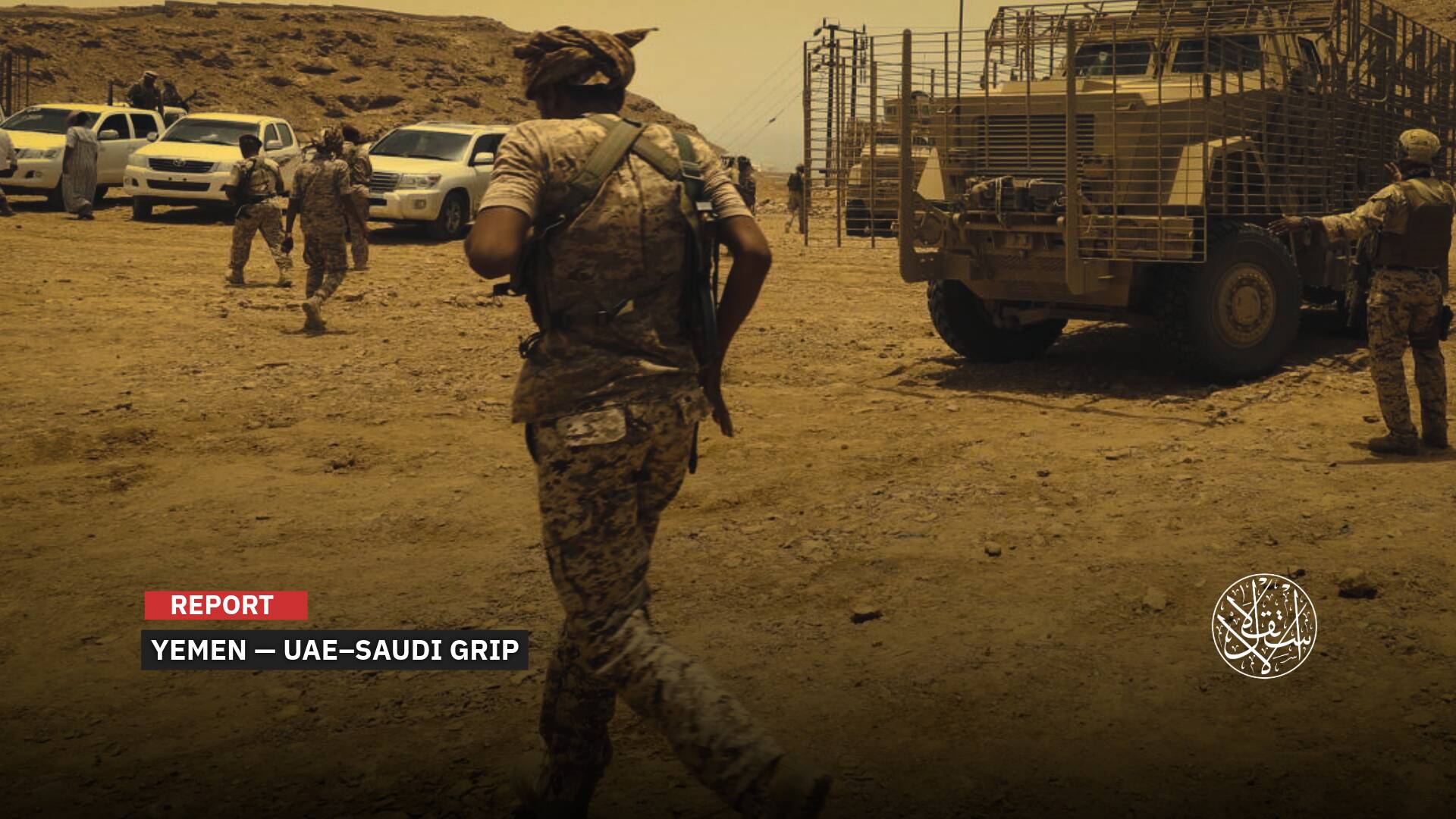Could ‘Missile’ Clashes Ignite a Nuclear War Between Russia and Ukraine?

“We have a stock of such products, a stock of such systems ready for use.”
The Russian-Ukrainian war is entering an unprecedented phase marked by heightened tensions and advanced missile technologies, sparking fears of escalation into a nuclear conflict as ballistic missiles make their debut on the battlefield.
On November 21, 2024, Russia launched an intercontinental ballistic missile (ICBM) known as “Oreshnik,” targeting critical infrastructure and institutions in the Ukrainian city of Dnipro.
This strike followed an attack the previous day by Ukrainian forces on Russia's western Bryansk border region, using U.S.-supplied “ATACMS” missiles. Kyiv had received authorization from U.S. President Joe Biden to deploy these long-range missiles for strikes deep within Russian territory.
These developments have raised questions about the capabilities and effectiveness of these missiles and their potential impact on regional and global stability, particularly in an anxious and watchful Europe.
‘Unstoppable’ Weapon
Less than two days after its deployment in Ukraine, on November 22, Russian President Vladimir Putin held a meeting with defence officials and missile developers. “We will continue these tests, including in combat conditions, depending on the situation and the nature of the security threats that are created for Russia.”
Putin announced during the meeting that he had instructed further testing and production of the new hypersonic ballistic missile “Oreshnik” on active Ukrainian battlefronts.
“Moreover, we have a stock of such products, a stock of such systems ready for use.”
He praised the missile's “exceptional power,” calling it “unstoppable,” and emphasized that its deployment serves as a “strong assurance of Russia's territorial integrity and sovereignty.”
Putin also ordered mass production of the “Oreshnik,” a medium-range hypersonic ballistic missile.
The term “Oreshnik” translates to “hazelnut tree” in Russian. This missile travels at speeds exceeding Mach 10—a term used to describe extremely high velocities, particularly for advanced military aircraft and missiles.
Highlighting its capabilities, Putin noted that modern air defense systems are nearly incapable of intercepting this missile.
According to Russian media outlets like RT, the “Oreshnik” is equipped with multiple warheads. Footage of its strike on Ukraine revealed approximately six flashes, indicating that each warhead independently targeted its designated objective.
Reports further indicated the existence of a nuclear-capable variant of the Oreshnik, which attacks targets at speeds between 2 to 3 kilometers per second.

Reactions
The use of the “Oreshnik” missile has caused significant tension on the Ukrainian side. President Volodymyr Zelensky announced that Ukraine is requesting advanced air defense systems from its Western allies following Russia's ballistic hypersonic missile strike.
Former U.S. Ambassador to NATO, Kurt Volker, who also served as the U.S. Special Representative for Ukraine negotiations, stated that Russia may have used this missile strike to make its nuclear rhetoric more menacing.
French Foreign Minister Jean-Yves Le Drian and his British counterpart, David Lammy, in an article published in both the UK's i newspaper and France's Le Figaro, accused Putin of seeking to dismantle the international security system that has preserved peace for decades, resorting to what they called the law of the strongest. They emphasized that the war in Ukraine is no longer confined to Europe’s borders, but now threatens global stability.
Le Drian and Lammy warned of the consequences of what they called the attempted “Putinization” of the world as the war in Ukraine spreads beyond Europe.
“Putin's aim is to set a new precedent that upends the rules-based international system, whereby countries feel they can invade their neighbours with total impunity,” they wrote.
The two ministers criticized the “illegal and intolerable” invasion of Ukraine and accused the Russian leader of attempting to “rewrite the international order.”
On November 27, 2024, Bruno Kahl, head of Germany's foreign intelligence service, warned of an increase in hybrid attacks by Russia targeting Germany and NATO, aimed at testing the alliance in hopes it will fail.
Speaking at an event organized by the German Council on Foreign Relations in Berlin, Kahl addressed Moscow's missile strikes on Ukraine. He noted that German intelligence experts believe senior officials in the Russian Ministry of Defense are questioning whether NATO's mutual defense commitments and Washington's extended deterrence in Europe can withstand a dangerous situation like this.

Destructive Weapon
On the other hand, Ukraine possesses a weapon as deadly as Russia’s “Oreshnik” missiles: the U.S. “ATACMS” missiles.
Kyiv had long-awaited approval from Washington to use this weapon to shift the balance of power in its battles against Russia and reduce the massive military advantage of its adversary, especially in terms of air superiority and highly destructive missiles.
On November 19, 2024, in the final phase of U.S. President Joe Biden’s term, Kyiv was given the green light to deploy the Army Tactical Missile System (ATACMS) to target deep Russian positions. This approval was followed by immediate action on the next day, marking a turning point in the course of the war.
“ATACMS,” short for “Army Tactical Missile System,” is a type of highly accurate, long-range, ground-to-ground guided missile that has been part of the U.S. Army’s arsenal since 1990. The system was first developed in 1983.
The U.S. provided Ukraine with the “M39A1 Block IIA” ATACMS missiles, partially guided by GPS. These missiles range between 70 and 300 kilometers and can carry up to 300 small submunitions.
U.S. military documents reveal that the “M39A1 Block” missiles were used in the invasion of Iraq and were added to the U.S. arsenal in 1997.
Ukraine also possesses another version of the ATACMS, the “M57,” which carries a single 230-kilogram high-explosive warhead.
With ATACMS, Kyiv can strike precise targets deep within Russia, likely in areas of Kursk, where Ukrainian forces still control large swathes of territory.
In August 2024, analysts at the Washington-based Institute for the Study of War noted that hundreds of known Russian military targets, including key military bases, are within the range of the ATACMS.

Nuclear Doctrine
Russia has long warned both Europe and the United States about the implications of allowing Ukraine to use ATACMS, deeming it an act of war by NATO and the European Union, and a legitimate reason for Moscow to reconsider its nuclear doctrine.
On November 19, 2024, Moscow announced its intention to activate the revisions it had made to its nuclear doctrine.
In a statement, Kremlin spokesperson Dmitry Peskov threatened that the modifications to Russia's nuclear doctrine had been drafted but had not yet been formalized.
Russia's official news agency, TASS, quoted Peskov as saying, “They have practically been drafted, and will be formalized when necessary.”
Peskov also warned of a “proportional and tangible” response to Western powers supporting Ukraine militarily, following the decision to allow Kyiv to use weapons targeting deep Russian territory.
President Putin had previously warned Western capitals that Russia, under the proposed revisions, could use nuclear weapons if struck by conventional missiles, stressing that any attack on Russia with support from a nuclear power would be considered a joint attack.
Thus, the new Russian nuclear doctrine stipulates that if a country launches a ballistic missile attack on Russian soil with support from another nuclear-armed nation, Moscow has the right to respond with nuclear force.
Moscow could also exercise this right in response to attacks involving drones or military aircraft.
According to the updated nuclear doctrine, aggression against Russia by a member of an alliance could prompt a nuclear response, with all members of the alliance to which the attacking state belongs considered parties to the potential aggression.
Sources
- Putin says Russia will keep testing new missile in combat
- ‘Putin only understands force’ Former U.S. special envoy for Ukraine negotiations Kurt Volker on how Trump could seek to end the war
- David Lammy and Jean-Noël Barrot warn of risk of attempted 'Putinisation' of the world
- Russia amends its nuclear doctrine and threatens the West [Arabic]
- Putin orders mass production of 'unstoppable' weapon [Arabic]
- Putin orders mass production of 'unstoppable' weapon [Arabic]
- Its range reaches 300 km and hits the Russian depth: What are the American ATACMS missiles? [Arabic]
- "Oreshnik" Alarms Ukraine and Threatens to Ignite a World War [Arabic]
- German Intelligence Warns of Potential Russian Escalation Against NATO [Arabic]


